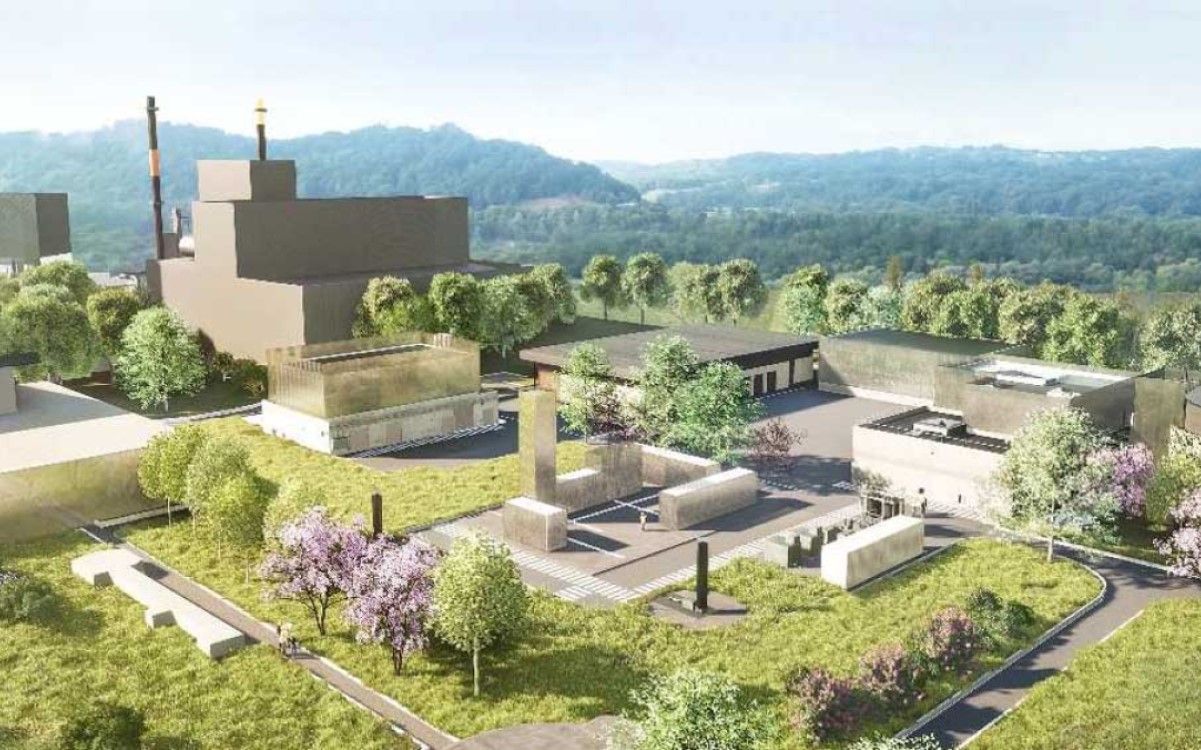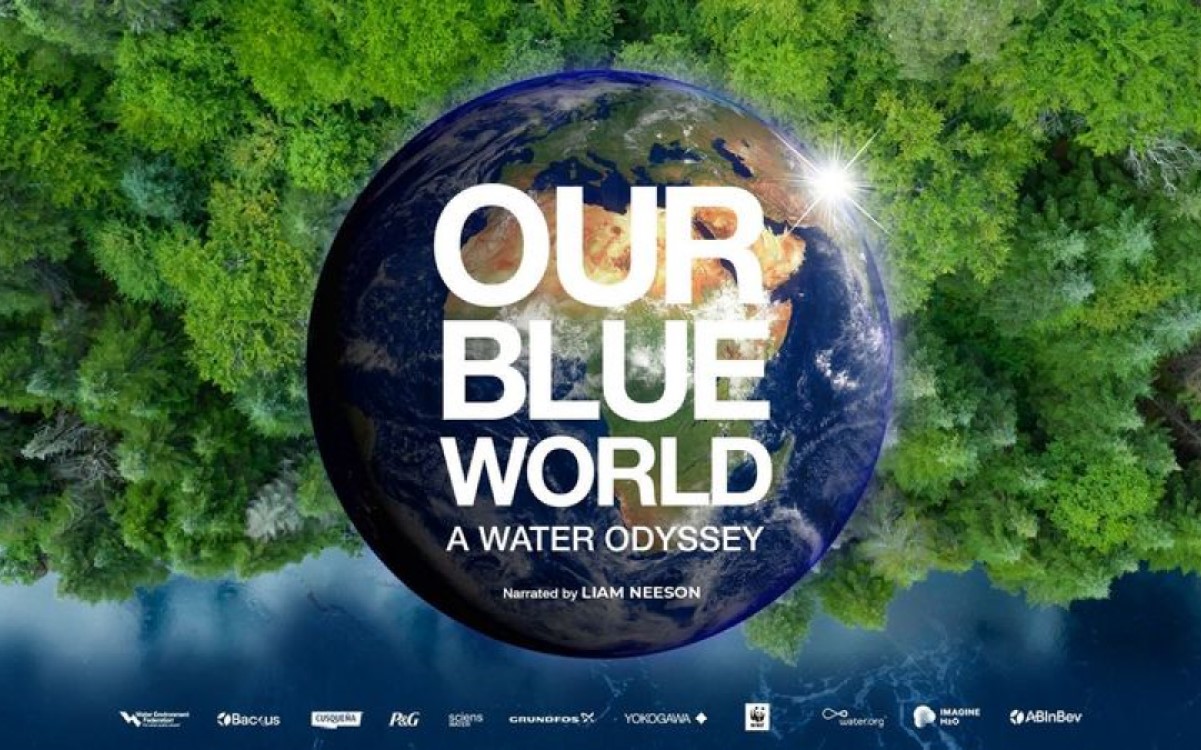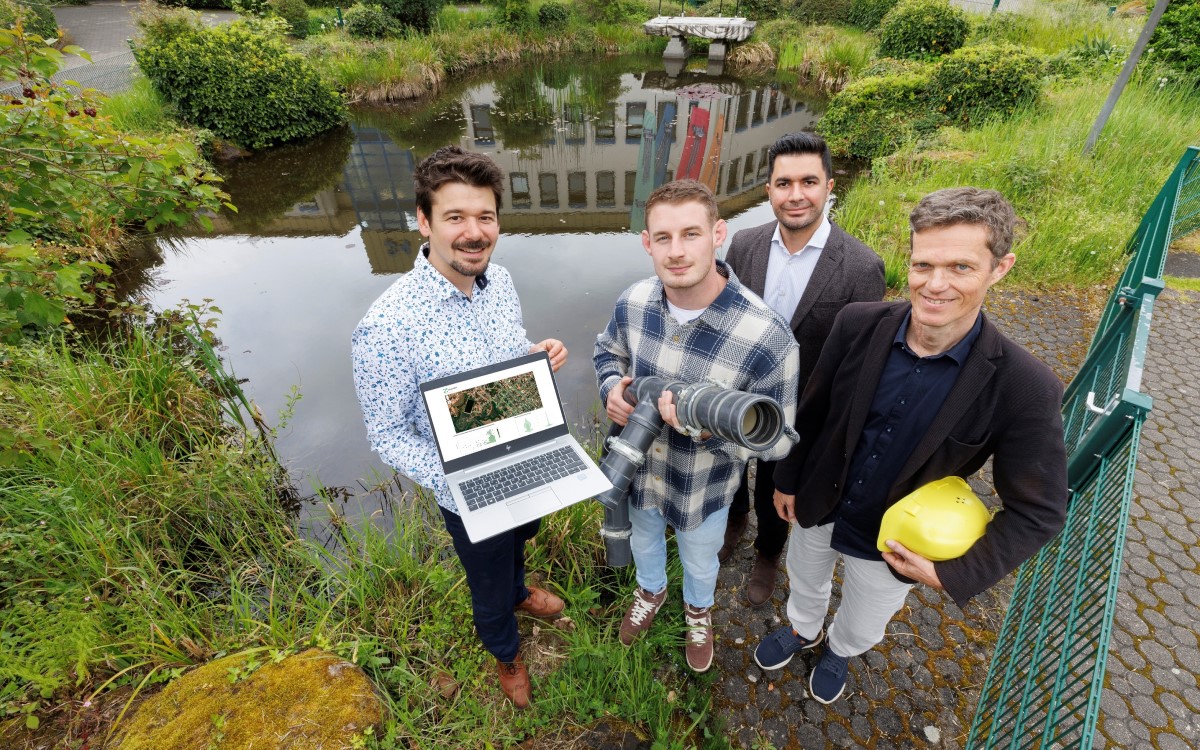17. August 2023 Ι In the vicinity of Pau, SUEZ is operating a facility for the decontamination of wastewater and constructing new facilities for anaerobic digestion and methanation. This project utilizes cutting-edge technology to transform the Pau-Lescar wastewater treatment unit into a positive energy plant, capable of producing 10 different resources and sources of green energy within the next two years.
Pau Béarn Pyrénées metropolitan area: aiming for carbon neutrality by 2040
Pau Béarn Pyrénées metropolitan area has adopted a proactive environmental policy and aims to be carbon neutral by 2040. It means to boost renewable energy production.
As part of a unique initiative, Lescar wastewater treatment plant is now playing a key role in local climate change adaptation measures. This “resources and energy from wastewater” production plant becomes a “Biofactory” which will develop 10 resources and green energy sources, with a strong focus on synergies with the local Cap Ecologia environmental industry park. This environmental showcase is part of an ambitious territorial project for the development of renewable energies while creating sustainable local employment.
Two breakthrough technologies for a new groundbreaking model of wastewater treatment plant
The project includes two “global technology firsts” resulting in an energy-positive building and an unrivalled carbon footprint.
- Catalytic methanation. The site’s energy performance is increased by the production of synthetic methane from the methanation of carbon dioxide (CO2, a greenhouse gas). For the first time in the world, this innovative catalytic methanation technology will transform all the CO2 emitted into synthetic methane, a renewable green gas.
- “Ultra-dewatering” by hydrothermal carbonisation. This new technology divides treatment sludge volumes by four and consumes three to four times less energy than a conventional thermal dryer, while reducing the potential disruption associated with drying. This SUEZ-designed process considerably increases biomethane production and generates a new material resource, Biocoal, which can either be returned to the soil, or turned into energy through combustion.
An educational copse, flowered meadow and micro forest will help to restore the site’s biodiversity. Pollution prevention and advanced air treatment technologies ensure that there is no risk of odours nuisance for local residents.







